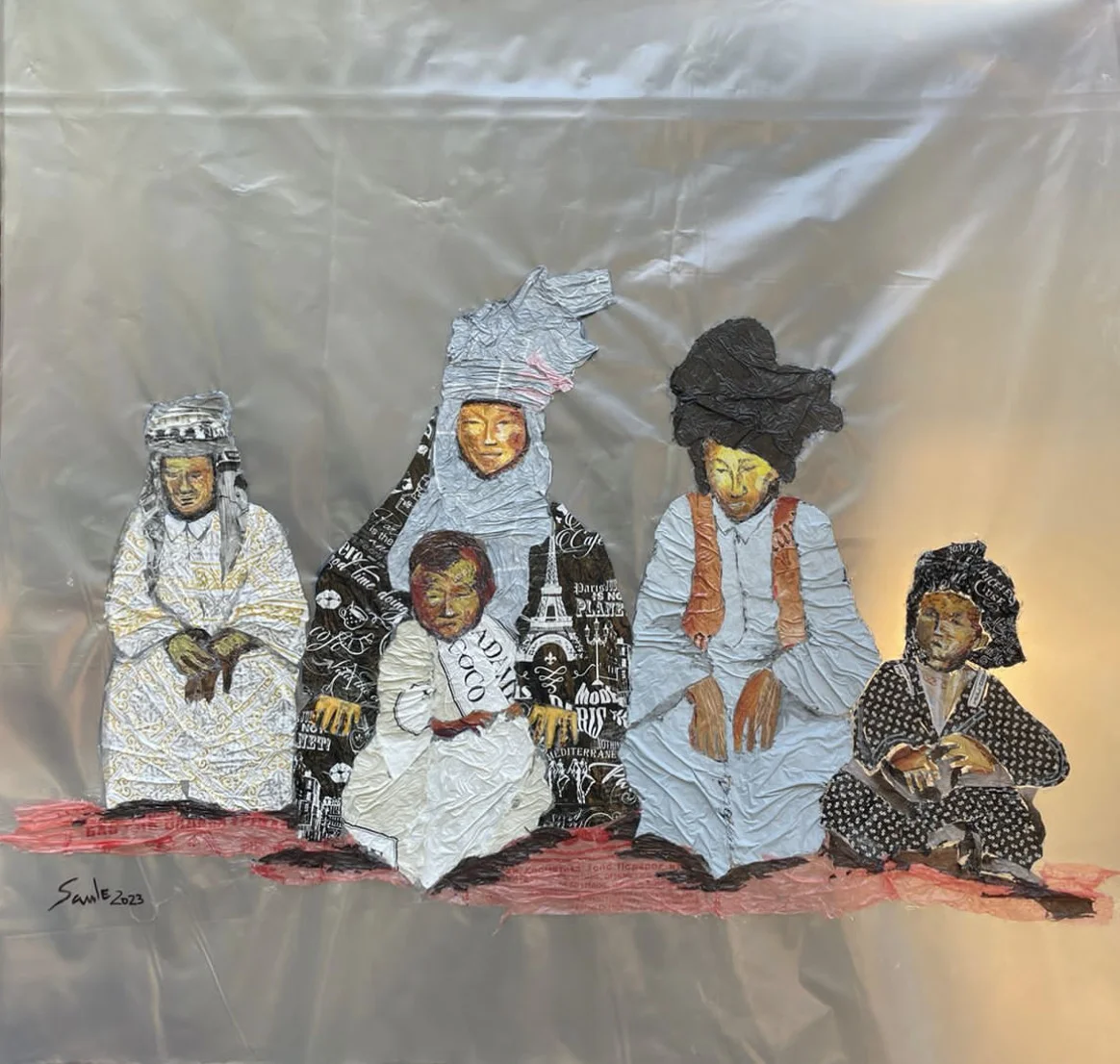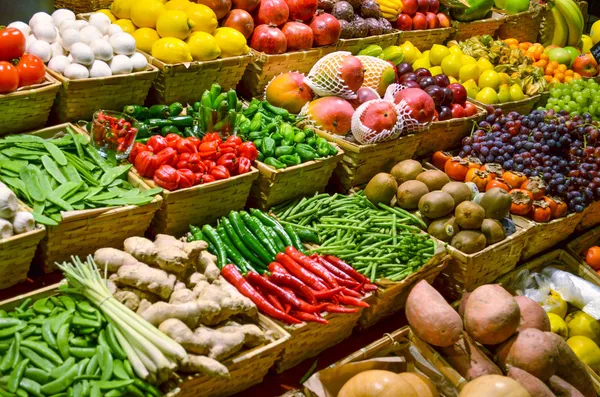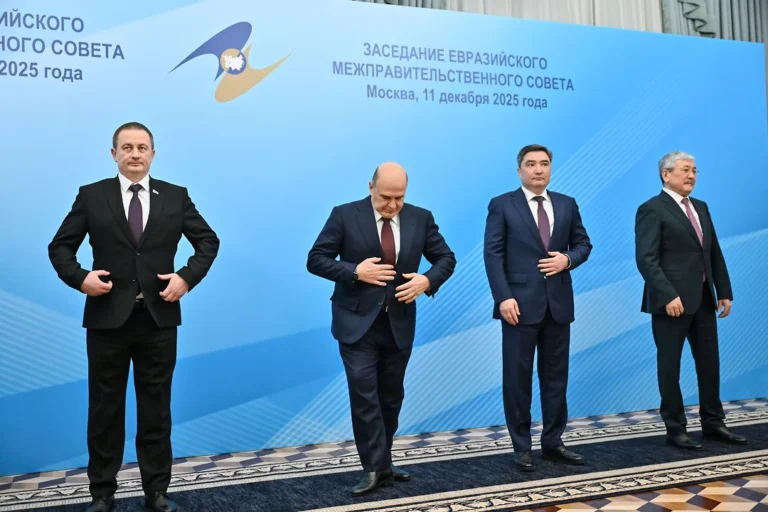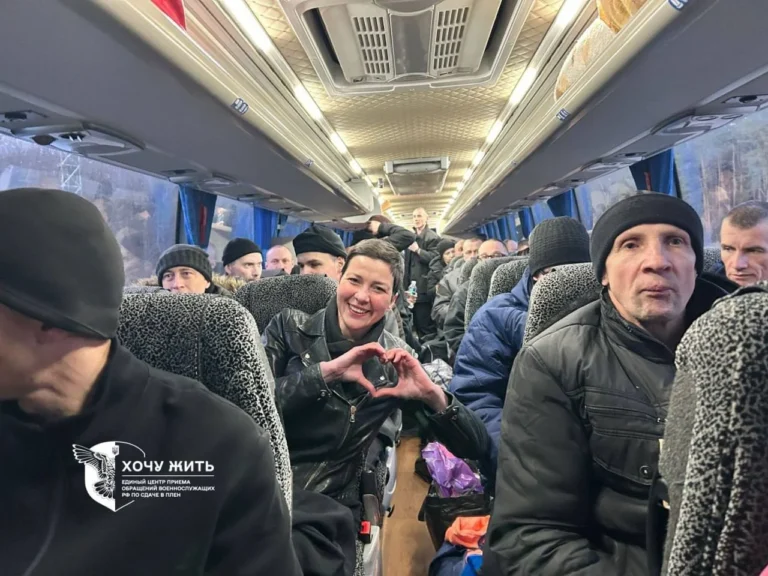Saule Suleimenova — artist in search of a true Kazakh image

Saule Suleimenova is an artist on a quest to convey a truthful image of Kazakhs as opposed to the idealised postcard horse-mounted heroes of “official art”.
She says the “official” post-independence image of the nation is “a lie”.
“A national idea cannot be based on such a false foundation.”
But the government prefers that, it shuns the free artist. “They do not think that a free artist can generate a national idea – no such right is given to them”.

“We come from an authoritarian state, and we are continuing to live in an authoritarian state,” Suleimenova told Exclusive.kz in an interview.
Her own images of Kazakhs are based on old photographs, as early as from the mid-19th century, that she has found in various archives.
“Why not use those images, instead of lying and creating polished mythical images?”
In Suleimenova’s works Kazakhs look weathered and tanned by the steppe sun and wind. They seem pensive and inward-looking. When she paints a group of people, among them there is usually one person looking at the viewer questioningly and somewhat defiantly.
One of her recent works is called Asharshylyq Aruaqtar, or Spirits of the Famine. It is dedicated to the mass famines in the 1920s and 1930s caused by the forced Soviet sedentarisation and collectivisation campaigns.
The work features a tight group of two older women and seven children, squatting on the ground, looking lost. There is a sense that time has stopped for them.
“They are our ancestors, we are their continuation,” Suleimenova says.
She says that Asharshylyq was a watershed moment that broke the Kazakhs’ national spirit.
“After that, the Soviet government got down to creating a Soviet Kazakh culture, in which the Kazakh language was designated a decorative role.”
At the age of 16, Suleimenova joined the 16-17 December 1986 students’ protests in Almaty against the Soviet government’s decision to appoint an ethnic Russian to head the then Kazakh Soviet republic. The protests were violently suppressed.
She said it was then that she began to understand “the absurdity” of the system which placed the Russians, along with their language and culture, above all the other ethnic groups that were part of the Soviet Union.
And many people who lived under that system are yet to free themselves from it.
Suleimenova describes decolonisation as a process “when throughout your life you uncover in yourself layer after layer of distorted perceptions [about yourself] and inhibitions. You find out that you and the people around you have been living with all that.”
In the past ten years Suleymenova’s main medium has been plastic bags, which adds an additional layer of meaning to her art: there is so much plastic in our everyday lives, it has now crept into art.
Suleimenova’s relationship with plastic bags as an art medium has gone through various phases of rejection and acceptance.
“Now I love this material, I always return to it,” she says.
Suleimenova says that through using plastic bags she exercises her artist’s right to “designate” as beautiful anything she chooses.
“Plastic bags are beautiful, they are bright. They are meant by the capitalist system to attract people,” she says.
One of Suleimenova’s latest ‘plastic bag’ works has an English title – Yellow Blue Bus, which is a play on words because it sounds like the Russian “Ya Lyublyu Vas” (I love you). Yellow and blue are also colours of the Kazakh and Ukrainian flags.
It is a big composition (4.5 x 12 meters) on a side wall of the National Library in Almaty that took Suleimenova 15 days to complete — she worked for 12-13 hours a day and lost five kilos in weight.
The work is based on photographs of random bus passengers taken over some time by Suleimenova’s daughter.
At the centre of the composition Suleimenova placed a little girl – the only passenger on the bus who is “there, and at the same time not there, like a little Christ, a person who is above everyone else … all the rest are in their social characters, but she is not”.
She says she wants to show the Kazakhs through their “everyday reality, without trying to elevate them, turning them into heroes”.
“I would like to be the voice of those who for various reasons have no voice. Very often those in power deny them dignity, deny them humanity,” she said.
More information on Suleimenova and her art can be found here.





Все комментарии проходят предварительную модерацию редакцией и появляются не сразу.